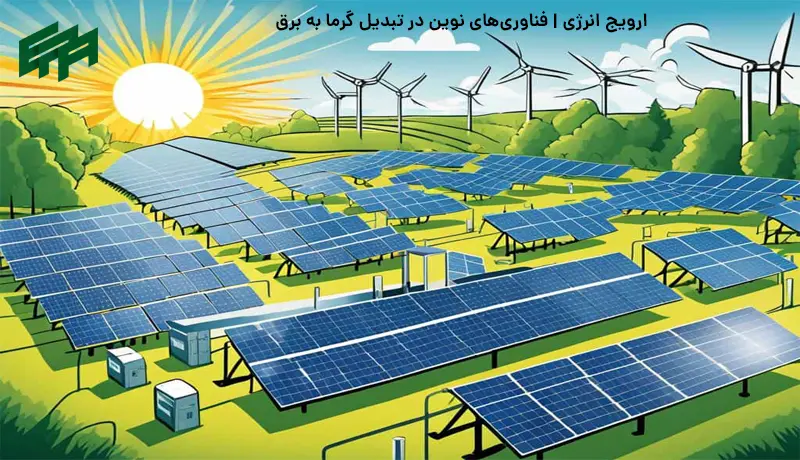Modern technologies in converting heat to electricity: From thermoelectrics to heat engines

Introduction
In a world where energy demand is constantly increasing, the efficient use of existing resources has become more important than ever. One often overlooked energy source is waste heat generated in industrial processes, households, and even the human body. But how can this heat be converted into electricity? Modern technologies such as thermoelectric materials and heat engines offer the answer to this question.
Basic Principles of Heat-to-Electricity Conversion
The conversion of heat into electricity relies on various physical phenomena such as the Seebeck Effect, thermodynamic cycles, and the temperature difference between two environments. When there is a temperature gradient between two points of a material, certain substances can convert this difference into electric current.
Thermoelectric Materials: A Revolution in Energy Technology
Thermoelectric materials can generate electricity without any moving parts, simply through the temperature difference between two surfaces. These materials are used in a variety of industries:
- Automobiles: Recovering exhaust heat to power internal systems
- Spacecraft: Converting radioactive heat into electricity for space missions
- Wearables: Charging a watch or smartphone using body heat
Advantages:
- No moving parts = long lifespan and easy maintenance
- Compact size
- Usable in both small and large-scale applications
Heat Engines: From Steam to Stirling Engines
One of the oldest methods of generating electricity from heat involves heat engines. The Stirling engine is a closed-cycle heat engine that uses a working gas and temperature changes to produce mechanical power.
Applications:
- Backup energy systems in hospitals
- Concentrated solar power plants
- Submarines and military uses
Key Feature: Higher efficiency than traditional steam engines and the ability to use various heat sources, including solar and bio-thermal energy.
Efficiency Comparison of Technologies
Compared to other electricity generation methods like wind turbines or solar panels, heat-to-electricity conversion technologies are still evolving. Thermoelectric materials typically offer 5–8% efficiency, but research into new materials like BiTe and SnSe promises higher yields.
The Future of Heat Conversion Technologies
Technology companies are developing solutions to harness body heat, heat from electronic devices, and even ambient warmth. In the near future, any device that heats up could potentially convert some of that energy into electricity, boosting overall efficiency.
Conclusion
Converting heat into electricity is no longer a dream or science fiction—it is a growing reality. From smart homes to heavy industry, everyone can benefit from these advancements. Investing in this technology is a key step toward a smarter and more sustainable future.
Arvij Blog
News, events and articles in the clean energy
